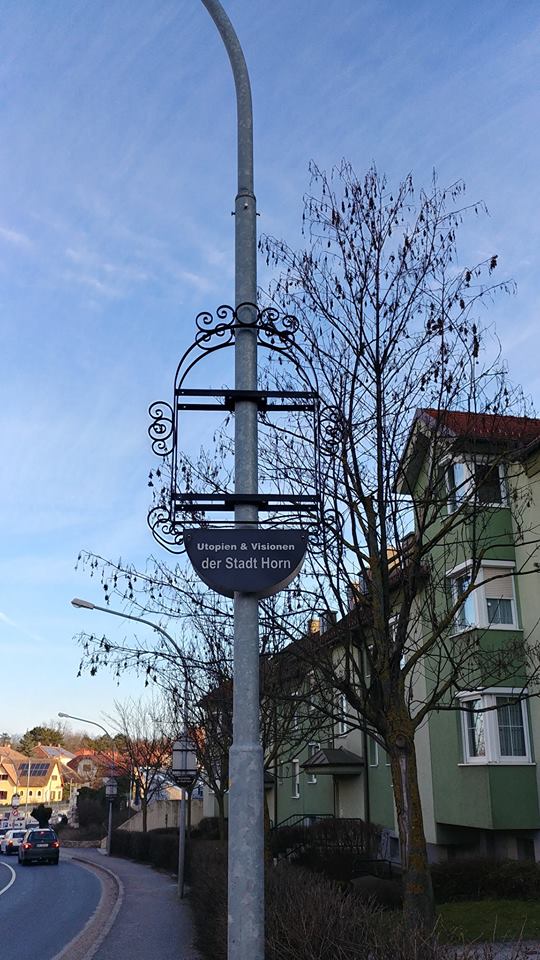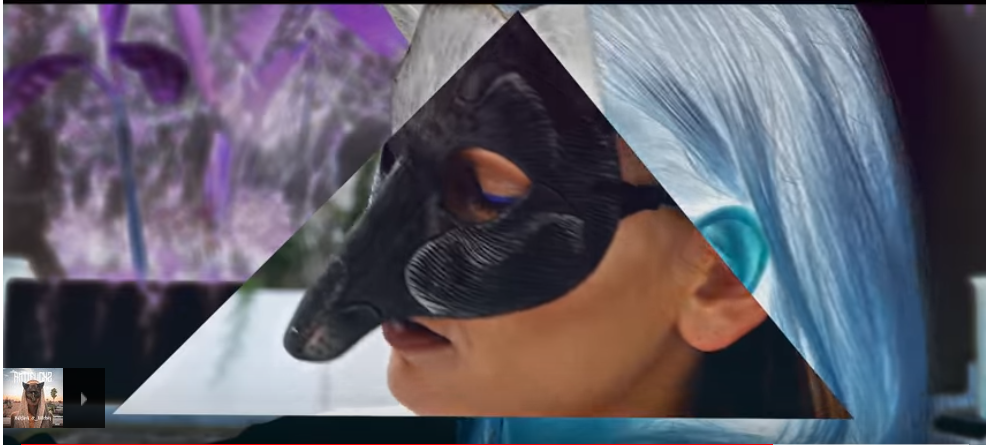
In one previous blog post, Herbert Hrachovec conducted a careful analysis on moving away from the visible domain, based on Mona Haydar’s account of wearing a Hijab as spiritual practice. This was definitely more substantial than what I did earlier when suggesting an isomorphism between a.) Hijab for protecting the body and b.) closed borders for national security. Both might be characterized by a resistance against their assets (or even their “essence”) being consumed or threatened by others. In contrast, Herbert starts with listing possible ways of resistance to globalization and consumer society and then highlighting one speciality when taking the Hijab as a spiritual practice:
Haydar’s “act of resistance” is primarily directed away from the body. “I am so much more than just a body.” (M.H.) Not “just a piece of meat walking around in the world for anybody to consume.” (M.H.) It’s not just frantic economics that is at stake here. This particular sign of resistence, Haydar’s hijab, indicates an extra-physical realm.
This extra-physical realm, in the words of Haydar is “a soul, that is ineffable that lives inside of me”. How to point towards something ineffable? Herbert: “Using a tangible tool like the head scarf to mediate a dramatic switch to an intangible insight”.
I am finishing the year of this blog with something unfinished: This posts adds three further positions/techniques/examples for giving clues that relativize the importance of the effable. May they be impulses for 2019.
1. Emptiness (Representing Non-Content)
No picture nor word can exhaustively express active visions. That’s why the city Horn in Waldviertel in Austria, Niederösterreich, presents the vision and utopias of the city by “showing nothing” at the marketing signs next to the street.

Remember Horn! This city is on a mission!
2. Masks (Singularisation)
The art figure Antifuchs has applied another technique to relativize the domain of the visible: masking, blackening, and triangles.
A young woman with blond hair: her face covered by a black fox mask. In her recent single “Baklava & Bitches” she sings about “the one that counts” and creates an alternative and a strong contrast and hierarchy between the sweet singularity (in this case, identified by oneself) and the many others (in this case pejoratively named). Such a contrast is not only typical of rap music but is also a general pattern of christianity (the perfection of god vs. the fallible humans), or as Alain Badiou would put it, Ontologies of presence:
“Bin ich eine von vielen für Dich, oder bin ich die Eine, die zählt?”
“Am I one of many for You, or am I the One that counts?”“Du sagst, dass ich die Eins bin, das Problem sind Deine side chicks”
“You claim that I am the One, the problem are Your side chicks”
The structure of the triangle (except the equilateral triangle) requires a single edge at the top, and the other edges at the bottom, or more general: One edge opposed to the others.
3. Mathematics (thinking of infinity & multiplicity)
What sets Badiou apart from Platonism and Christianity to relativize the importance of the effable is that he does not set an esoteric knowledge or another form of presence at the core of his ontology, but rather thinking of multiplicity using mathematical thoughts.

Some remarks relating to option (1) above, presented by Andreas.
It is not easy to read the upper line of the city of Horn’s enigmatic installation, mounted on a lamp post. It says — as Andreas indicates — “Utopien und Visionen”. The iron frame, artfully ornamented at the edges, seems at first glance empty. The setup lacks any clue helping to understand it as visualizing Utopia. Yet, there is a lot to notice, once one’s gaze is directed towards the blank. The pole, segmented by the attached construction, a tree’s branches and spare foliage, the sky. And, triggered by these discoveries, a second lamp post in parallel with another tree, supporting what seems to be a road sign seen from behind.
None of this touches on “utopia and visions”. The photo, taken at face value, shows a perfectly ordinary detail of a perfectly ordinary provincial town in Lower Austria. And it shows an inscription below a lack of visual content. Empty words, attached to an environment replete with content. We know how windows fit into walls and how a sidewalk is flanked with lamp posts. We are accustomed to be given tangible leads to fathom not obvious matters. Nada. The content on offer is the lack of any available content. Two points are worth considering.
The cognitive pattern underlying the above interpretation manifests itself in all kinds of situations. It provides the initial spark to reject a given status quo and to set forth towards a new frontier. It triggers revolutionary movements and gestures towards mystical transcendence. It feeds the appeal to overcome ontological reification and take the plunge and go for the ineffable. All of this sounds appealing to a progressive mind. But consider a second point. Dramatically breaking away from any restrictive environment by simply toppling it in its entirety runs a suicidal risk. It amounts to choosing the desert and refusing any known help. There might be a next step, but not without its own peculiar confinements. Life comes down to mix consent and rejection. Sheer transcendence is indistinguishable from an inert void.
Ordinary Horn, its cars, houses, trees and lamp posts, is a terrestrial spot, no utopia. But even its most trivial detail becomes utopian, when looked upon through the lens on non-existence. This is, alas, where all directions are lost. Unless some of the discarded stuff is made to serve as signpost as well as destination.
P.S.
And if the loss of destination is an aim in itself? O.K., but do not tell me that it is something special.
“Indeed, there is no direction”, one could reply. “We are driving by and don’t even notice this absence, unless we walk by slowly. It’s possible to ‘see’, that the busy routines, the daily “directions”, the ordinary movements, don’t have ‘the’ aim, nor ‘the’ future.”
“And we make a picture of it, to keep this impression of the absence, as a proof. But it does not work. Don’t you see? No, you don’t. Once we took the picture, it all blends in with the ordinary situation. It fits neatly into the landscape. One can just critize the lack of attention. ‘Someone just missed to put `something` there’, they say. That’s all. ‘Don’t make a big fuzz about it’, they say. ‘It’s just a detail, just a mistake.'”
“No! I disagree”, someone says clearly. “There is a reason we have missed this, you cannot see it, but can I have your attention for a moment….? Our circumstances have made us dull. We stopped working on grand visions. The years pass bye. We don’t even realize it now, that something is missing. Why do we have a sign for visions and utopias, when we don’t bother about it? I propose to find out where we are heading with our town. Are we satisfied with being the city of shopping malls, where half of our region travels to? Of course, they are not interested in utopia, they are too busy satisfying their immediate needs. We could utilize the attention we get from the region, and direct it towards something more reasonable. Not just consumer goods.”
1. There is nothing one can show as proof to trigger a conversion.
2. One can only appeal… to the difference between seeing and understanding. Conversion needs conversation.
3. Expressing the irritation or dissatisfaction (of emptiness), where one ought to expect something, but lacks it, is a starting point. It does not reveal the aim, ok. But it would be a lost opporunity if one ignores it.